
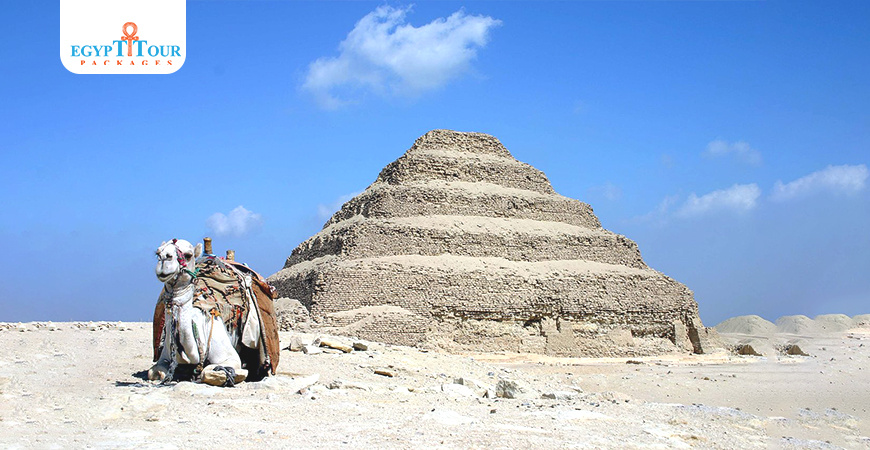
Step Pyramid of Djoser
Saqqara step pyramid is an archeological remain in the Saqqara necropolis that is located northwest of the city of Memphis in Egypt .
What was the first true pyramid in Egypt?
Djoser, the son of King Khasekhemwy and his wife Ni-Maathab, is the owner of the funerary complex. This complex, known as the Saqqara step pyramid is an archeological remain in the Saqqara necropolis that is located northwest of the city of Memphis was one of the oldest and most important cities in ancient Egypt, located at the entrance to the Nile River Valley near the Giza plateau. Memphis in Egypt . Step Pyramid of Djoser , is situated in the Saqqara area, which is a village within the Badrashin Center, located south of Giza Governorate,The Saqqara step pyramid is an archeological remain in the Saqqara necropolis that is located northwest of the city of Memphis was one of the oldest and most important cities in ancient Egypt, located at the entrance to the Nile River Valley near the Giza plateau. Memphis in Egypt . Step Pyramid of Djoser , an archaeological marvel, stands as a testament to the ingenuity and skill of its architect, Imhotep. Imhotep, the vizier, was responsible for the construction of this magnificent pyramid in the Saqqara necropolis, northwest of the city of Memphis was one of the oldest and most important cities in ancient Egypt, located at the entrance to the Nile River Valley near the Giza plateau. Memphis in Egypt
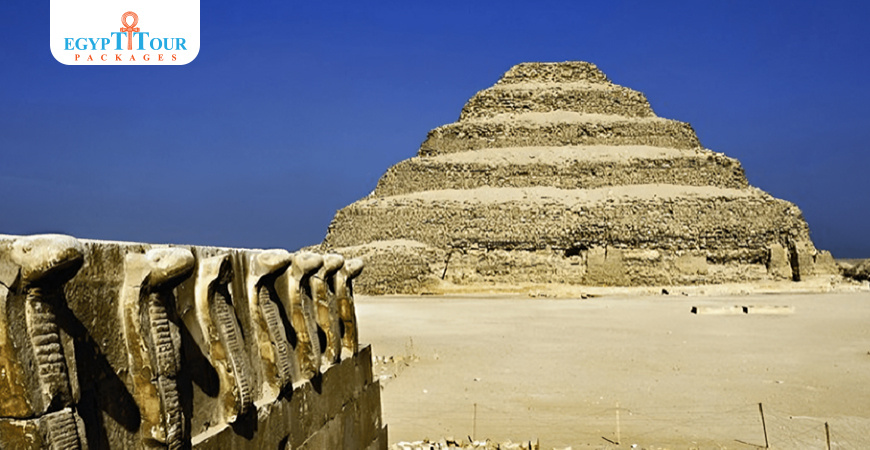
Why is the step pyramid unique?
The pyramid structure is surrounded by a limestone wall with fake buildings and a trench filled with sand. The walls are decorated with niches and false doors, resembling a palace façade. Some experts think it imitates older structures from Mesopotamia. The wall has been rebuilt in certain areas for study purposes.

Can you go inside the Step Pyramid of Djoser?
The Step Pyramid has six terraces stacked on top of each other, reaching a height of 62 meters. Near the old entrance, there is a path leading to the burial chamber. The Step Pyramid is known as the first complete stone building and the first pyramid ever built. Southwest of the pyramid, there is a stone wall called the Director Bridge. It is believed that Djoser's spirit used the steps of the pyramid to ascend to heaven and be with the god Ra. The interior walls of the pyramid were adorned with faience tiles. Inside, around 30,000 vessels made of alabaster, diorite, granite, and schist were discovered, some intact and some broken.

pyramid of Djoser facts
The Southern Cemetery is situated in the southwest of the complex and is a mystery to researchers. Divided into two sections (Upper and Lower), its purpose remains a mystery. It could have been a reserve burial ground, a symbolic tomb for Djoser as the Southern king, a place for canopic containers, or a symbolic tomb for King Ka. This marked the start of pyramid worship. It served as a genuine burial ground for any body parts amputated from the king during his life, as well as for burying a symbolic statue of the king used in Eid celebrations.
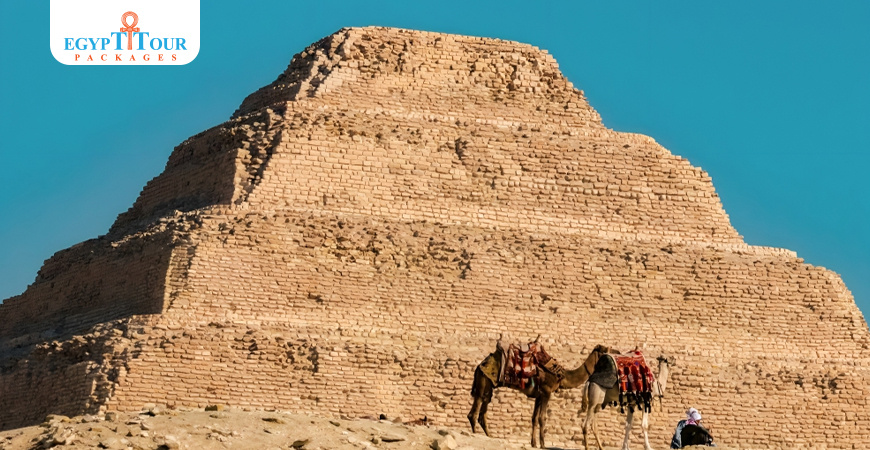
Why did Imhotep build the Step Pyramid?
The funerary temple of the Step Pyramid of Saqqara has forty columns, believed to be the oldest in Egypt. Imhotep connected these columns to the main wall using limestone for durability. Imhotep was the architect and vizier of King Djoser's Step Pyramid, known for creating buildings with dressed stone. During the Ptolemaic Period, he was worshipped as Asklepios, the Greek god of medicine. Netjerikhet's name is linked to Khasekhemy through mud sealings found in Khasekhemy's Abydos tomb in 1996.
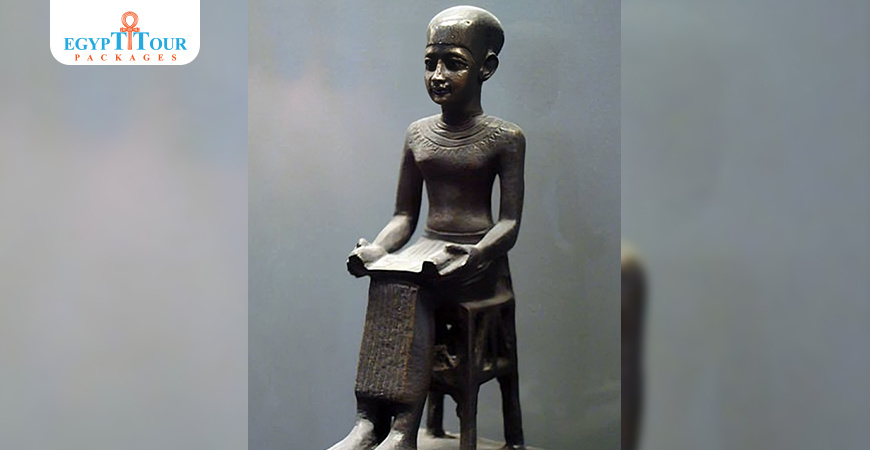
What is special about Saqqara pyramid?
In the pyramid's northeastern corner, there is a court with a 'serdab'. Inside this sealed chamber, tilted at a 30-degree angle, there is a life-sized painted statue of the King on his throne. The statue looks out through a peep-hole towards the northern stars and the land of Osiris. The original statue is in the Cairo Museum, but you can still see a replica statue of Djoser in the serdab. This statue symbolizes the King's 'ka' emerging from his burial chamber in the pyramid.
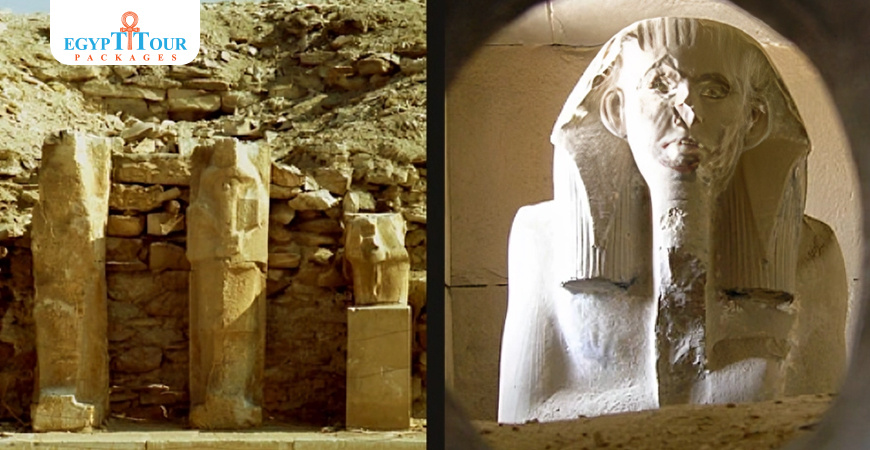
Step Pyramid of Djoser
Napoleon's expedition first explored Djoser's complex, but it wasn't until the early 1800s that the entrance tunnel and underground galleries were found. Since then, many archaeologists have dug at the Step Pyramid, with notable figures like Cecil Firth and Jean-Philippe Lauer leading a systematic investigation in the 1920s that continued throughout the 20th century. Jean-Philippe Lauer, who died in 2001 at the age of 96, devoted his entire life to Saqqara and returned year after year with the French Archaeological Mission to excavate and study the complex. The Egyptological world has gained a lot of knowledge about the site's history and architecture thanks to Monsieur Lauer.

Post A Comment
Your Email Address Will Not Be Published.



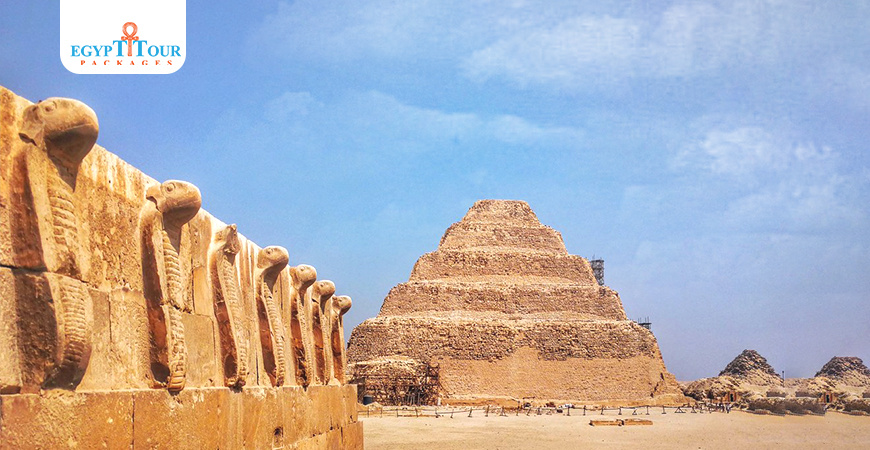







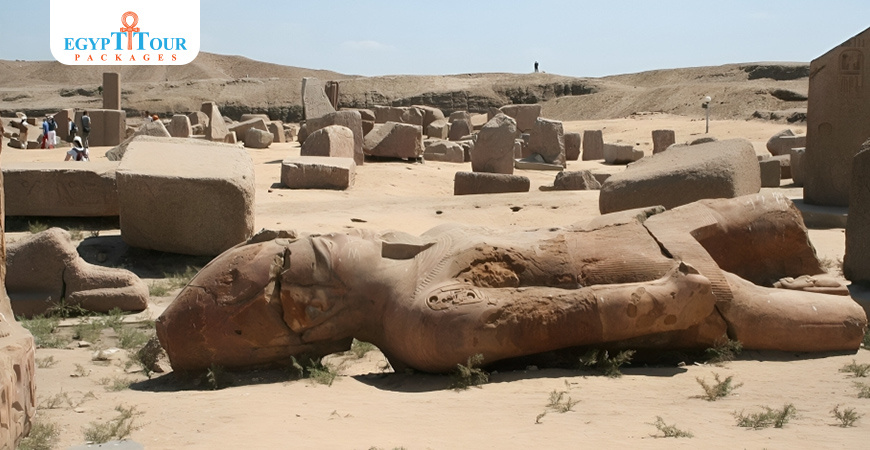


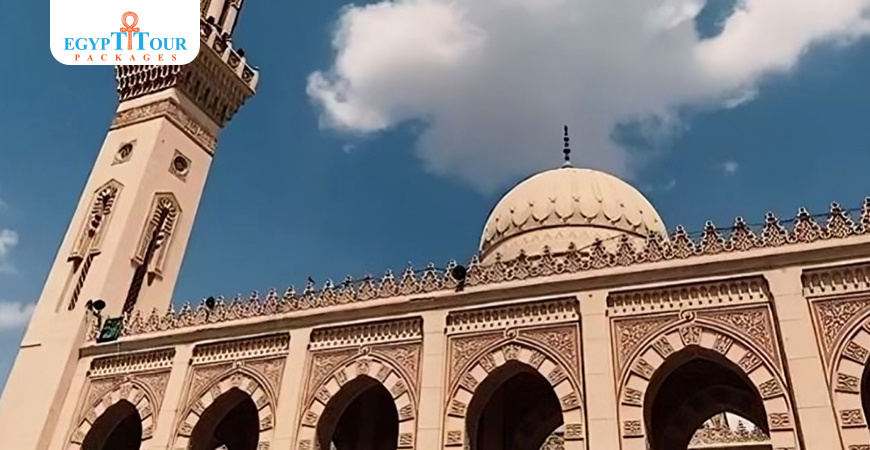


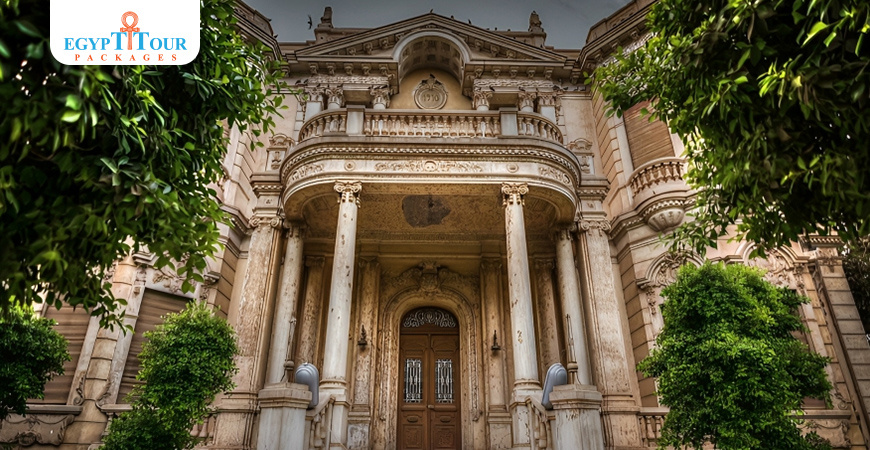
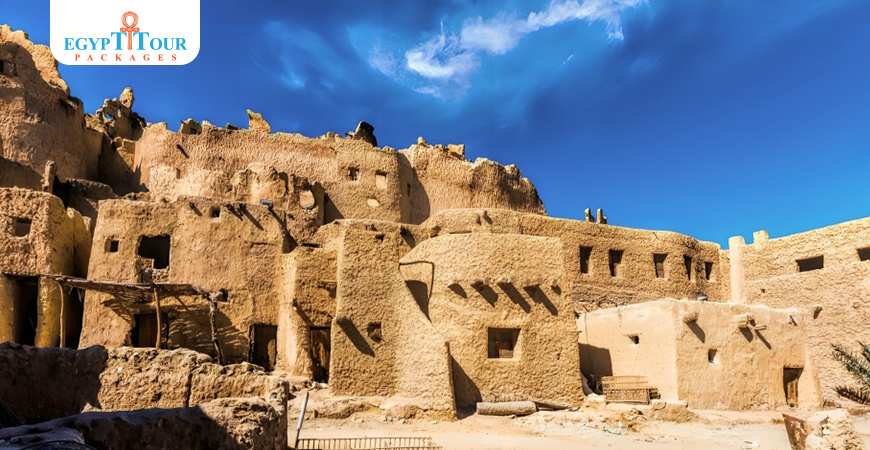
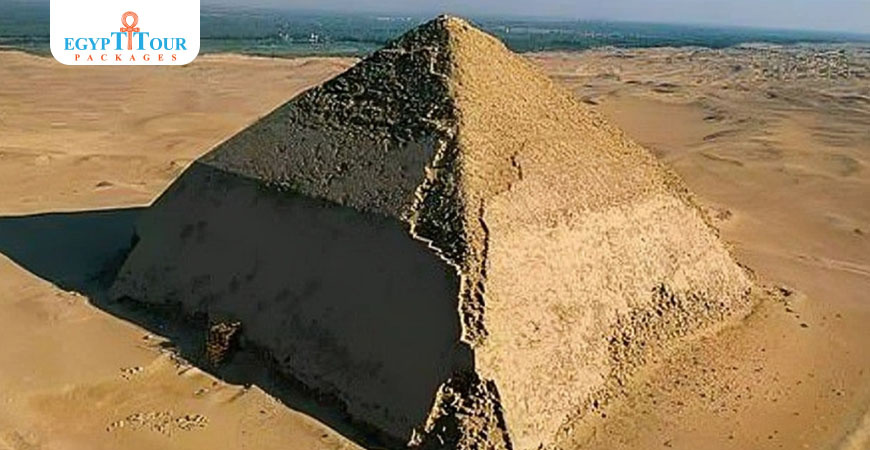
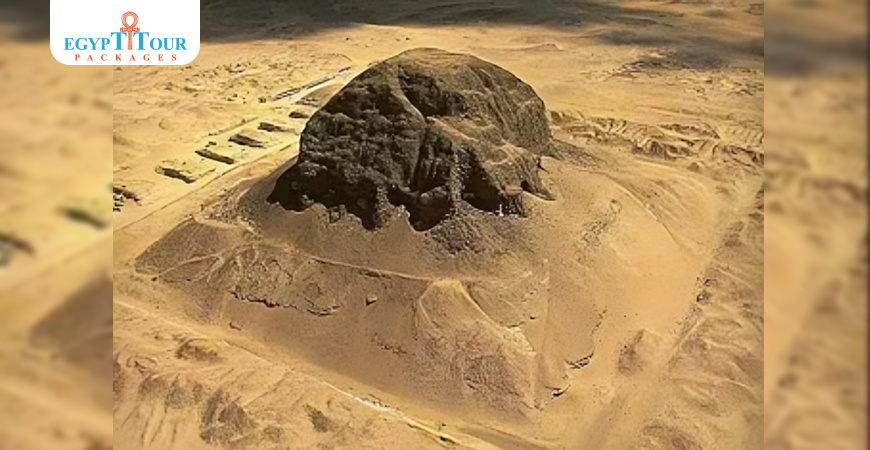
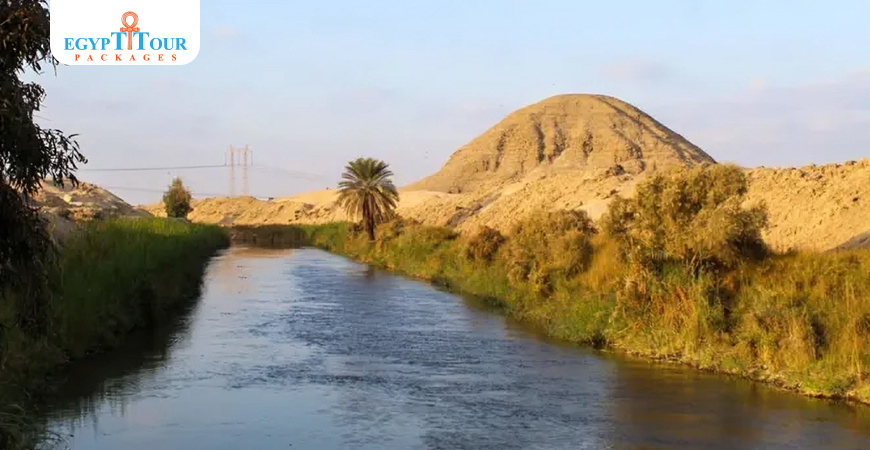















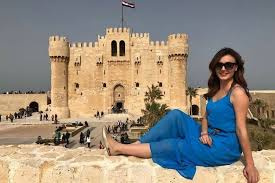

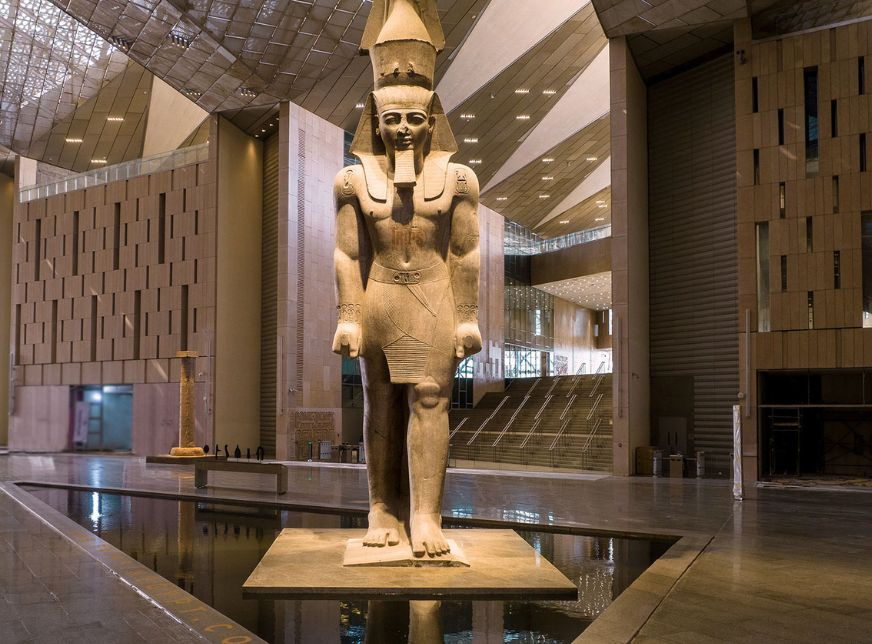

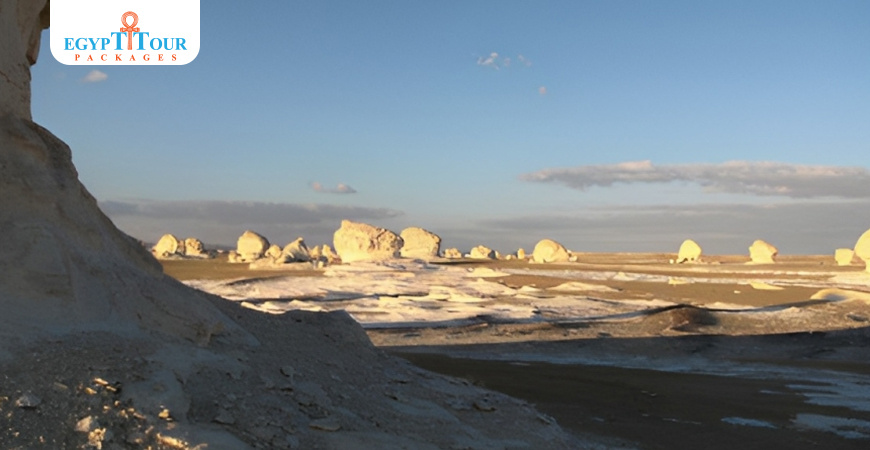


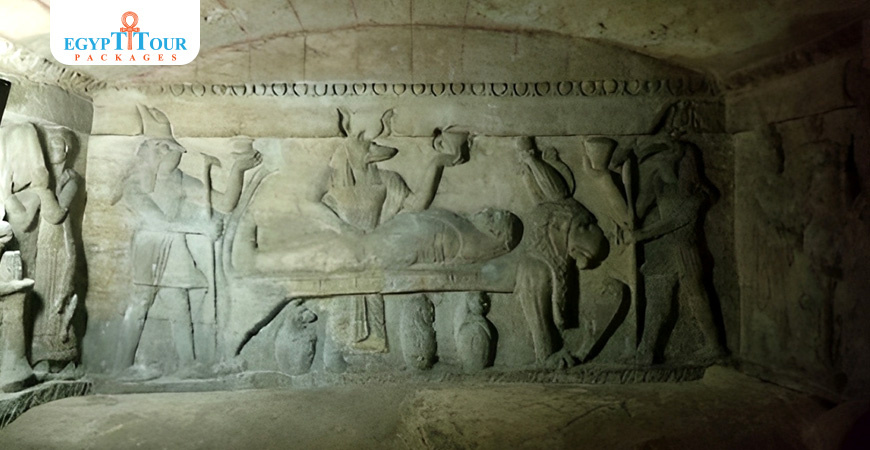







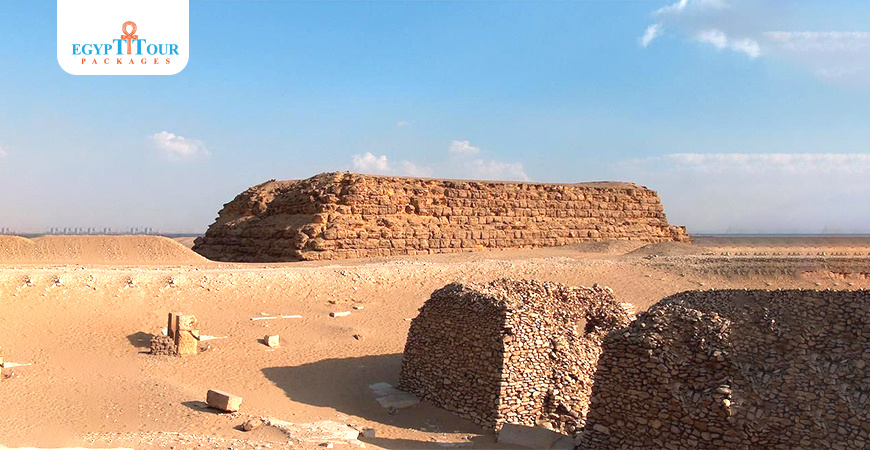
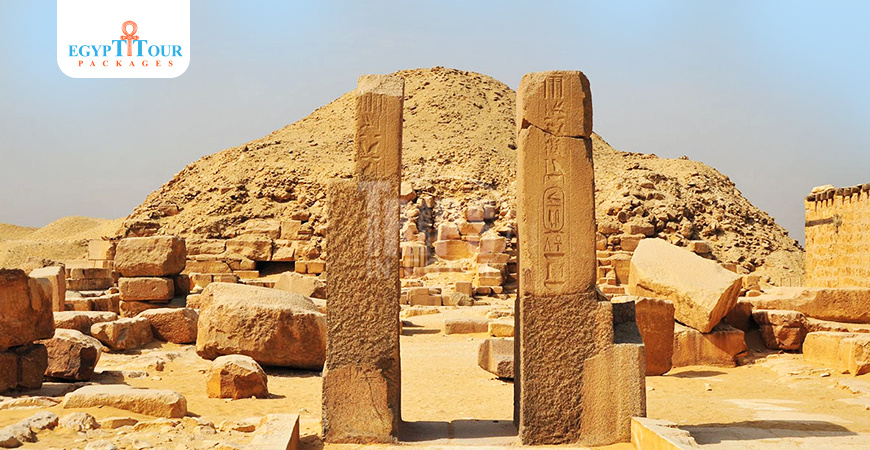

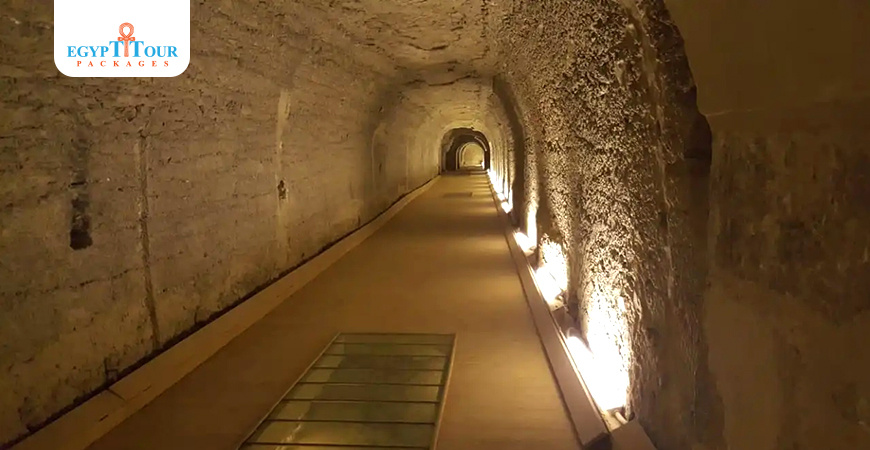

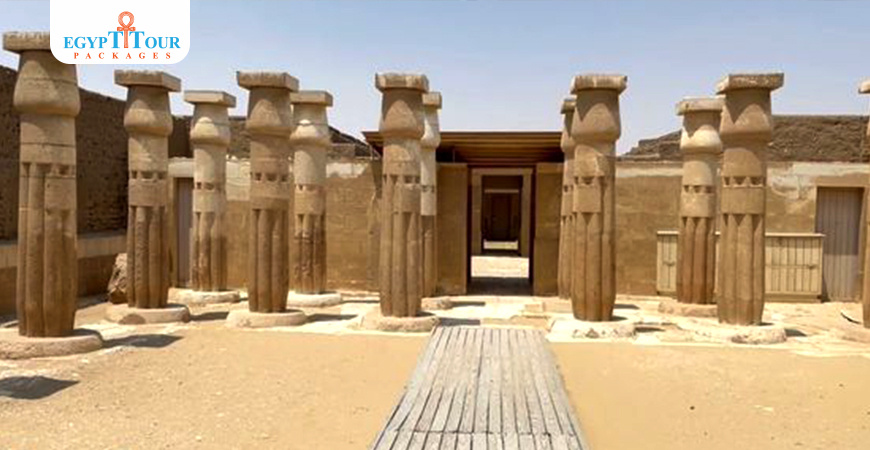
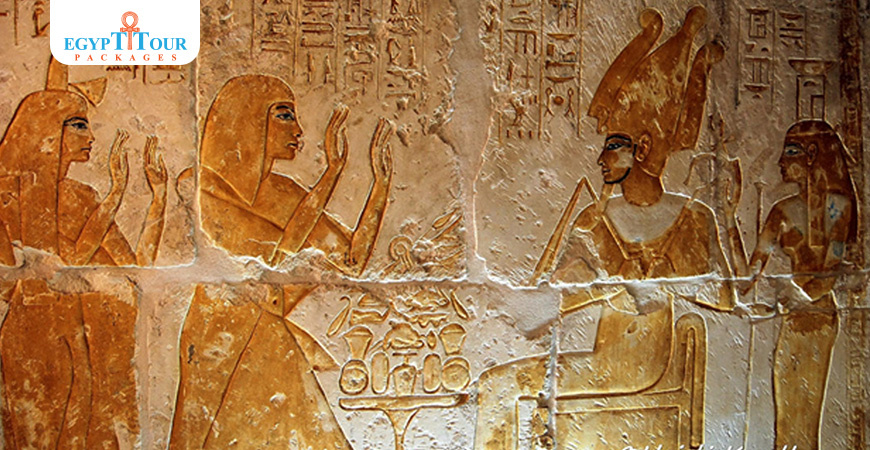
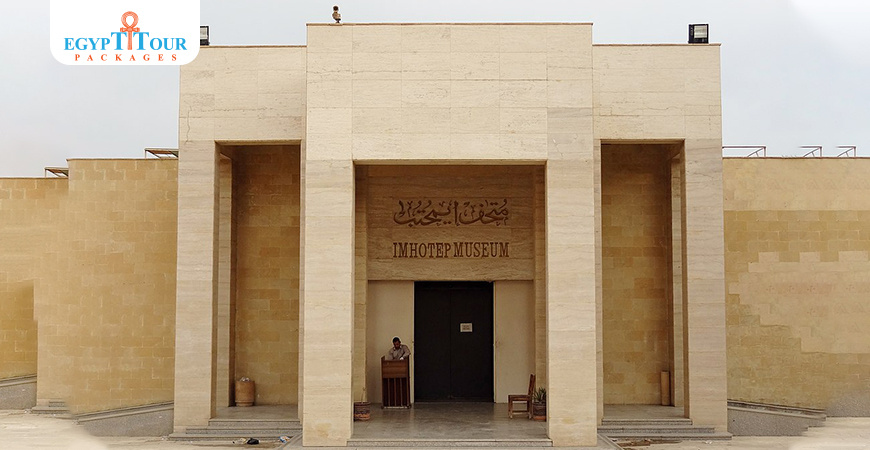

0 Comments